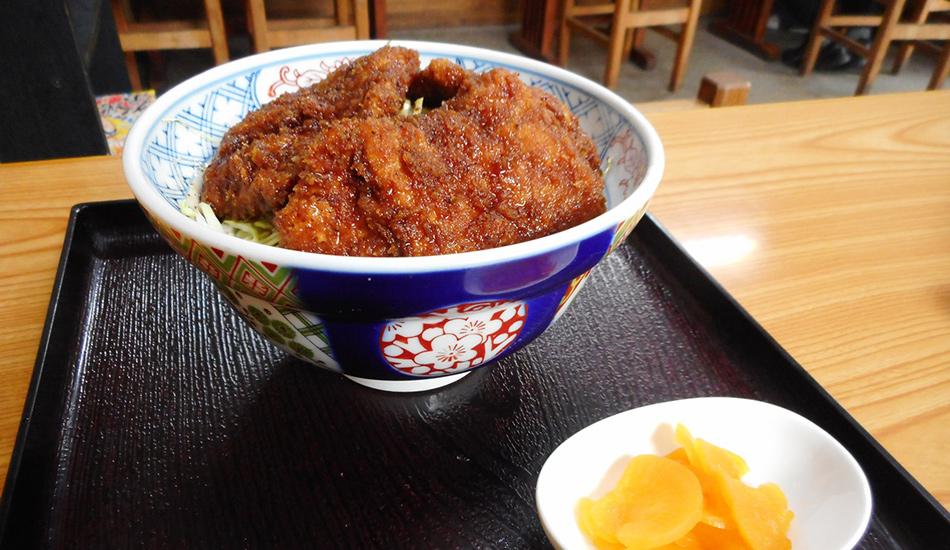The tonkatsu-teishoku (pork cutlet set menu) at this noodle shop is delicious
Published: April 2, 2018
Eat out often enough, and one thing becomes clear: never underestimate the hole-in-the-wall restaurants, where some of the best local cuisine can be found, regardless of the city.
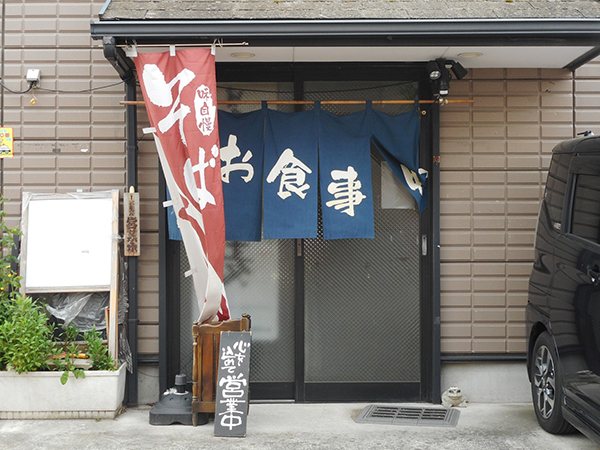
And while Diner and Soba Restaurant Mifune-ya isn’t a literal “hole in the wall”, it did come up out of nowhere, occupying the first floor of an apartment building and nearly hidden by the cars in the parking lot.

No other stores were in sight, and there were no glaring signs. A nobori flag advertised “soba” and “udon”, while the noren cloth over the doorway simply said “diner”. This was a far cry from the fancy cafés and restaurants I’d seen often in Koto City of late.

Pushing past the old, sliding glass door, I saw a modest square room with some tables, and smelled home cooking—something being fried, probably, in the back.

Inside was another nobori flag, stating boldly that soba represents the “taste of Japan”, and noting in finer print that soba and udon are both “healthy Japanese foods”. This was not surprising, considering Mifune-ya got its start firstly as a soba restaurant. While the original main store was located elsewhere, this store has been in the area for “like a hundred years”.
“No one knows for sure when the restaurant first opened,” said Mr. and Mrs. Saito, who run the restaurant now, inherited from Mrs. Saito’s parents; “although this current building was constructed 16 years ago.”

Being a soba and udon restaurant, those feature primarily on the menu. Amazingly, all the meals come out to under 1000 yen!
“We make sure to use 100% domestic soba buckwheat,” Mr. Saito said. “The fragrance is different between domestic and imported buckwheat, and you can tell.”
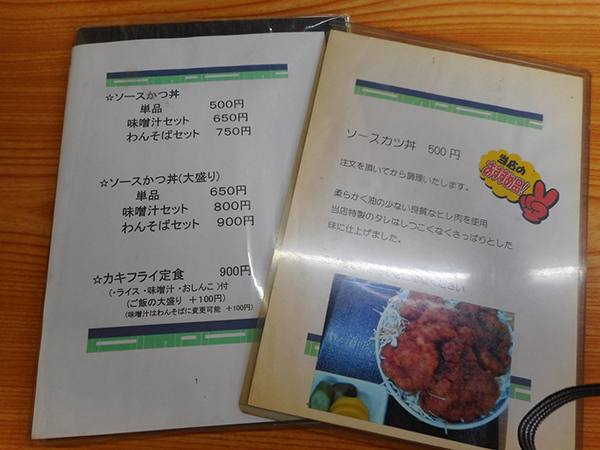
Their lunch sets, which feature the infamous “sauce katsudon (fried pork dipped in a special sauce blend and served on rice)”, are also very affordable. You can even get your katsudon with a small bowl of soba, and still only be out 750 yen.
Mifune-ya’s customers used to primarily be factory workers, who would often not be satisfied with just one serving of lunch. Hence, they started serving rice dishes alongside the noodles to add some variety, to great appreciation from everyone.
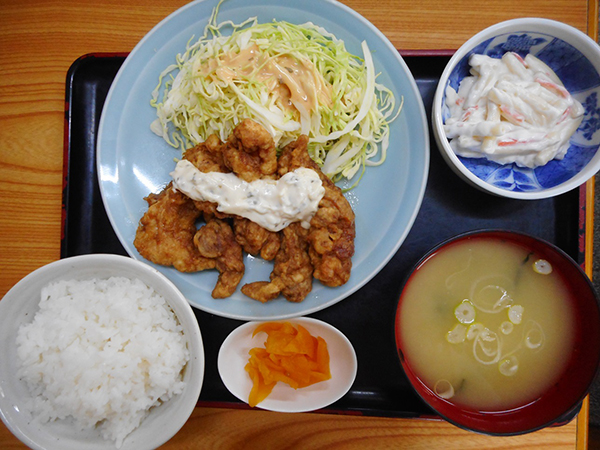
“We’ve also seen a rise in demand for “teishoku”—set meals that come with rice, miso soup, and side dishes,” explained Mrs. Saito. “In part, it’s because rice bowls and soba noodles are single-dish foods. I think having a little extra something—even if it’s just a bowl of pickles, helps people feel more satisfied. Also, the meal is much more balanced this way.”
Indeed, the Japanese concept of “teishoku” is actually a wonderful idea for eating more balanced meals—both visually and nutritionally.
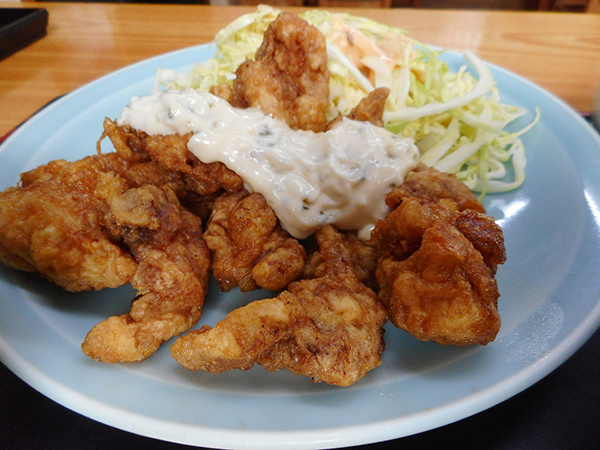
Today’s featured teishoku was “chicken nanban”: fried chicken, doused in tartar sauce. Looks delicious!
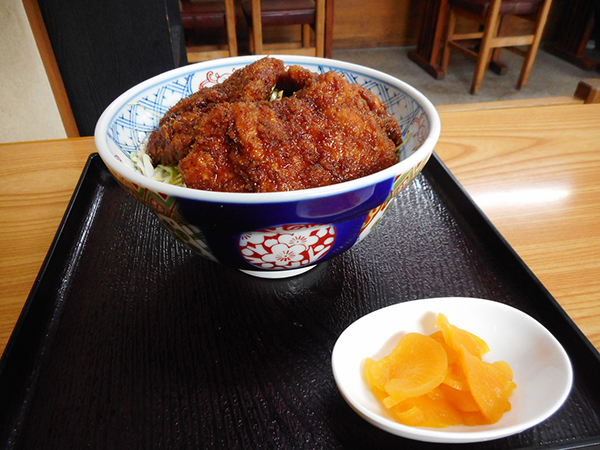
On the other hand, there’s something greatly appetizing about seeing a solid, packed bowl of food, in the case of the sauce katsudon. It makes you want to pick up the bowl and take a huge mouthful of the fried pork, cabbage, and rice, and the desire is only enhanced by the amazing smell of the sauce drenched over the whole thing.
So that’s exactly what I decide to do, taking advantage of the empty restaurant and the fact that, even if other customers were here, they’d likely not care.
I was hooked from the first bite. The pork was tender, and soaked with a sauce that was partially salty, partially tangy, and fully a perfect companion to rice. The cabbage was softly crunchy, and the balance between all the elements was top-notch.
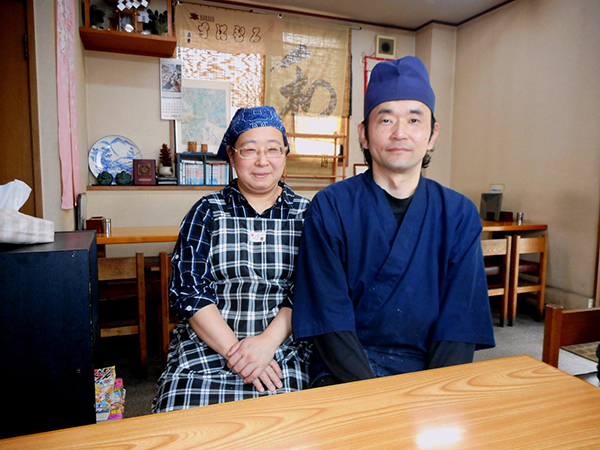
“The sauce is a blend of four Worcestershire sauces you can buy in the grocery store, mixed in a special ratio, and a fifth ingredient I can’t tell you,” said Mr. Saito with a smile. “I guess we’ll call it confidential information?”
Whatever the secret, I felt like I understood why some foods make Japanese people crave white rice. The sauce katsudon definitely belongs on the list, and I could already foresee myself hungering for this bowl of warm comfort food again during a harried and busy workweek.
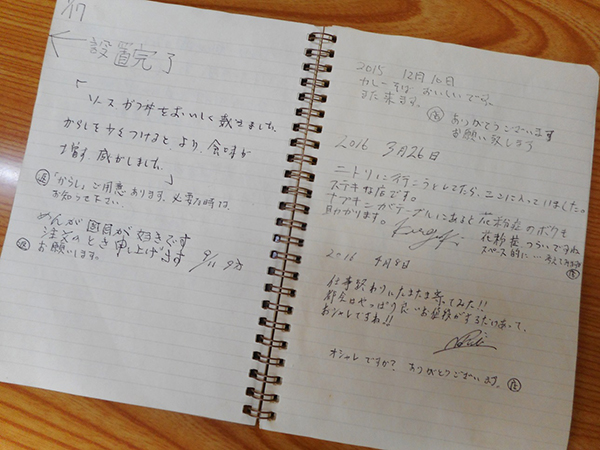
Mr. and Mrs. Saito hope to keep the store going steadily, and feel comfortable about its place in the community. In particular, Mr. Saito said he felt really happy that customers were starting to come specifically for his cooking, rather than as leftover loyalty due to the store’s long history.
“The best feeling is when they say they had a good meal,” both Mr. and Mrs. Saito agreed.
And while they don’t have any confidence in their English skills, they hope that anyone visiting their store—Japanese or not—will take the time to write something in the guest book. “It doesn’t matter what language they use, but we’d love for our customers to leave behind a footprint of their visit.”
So the next time you’re hungry and want to fill up, look for those hole-in-the-wall places, like Mifune-ya. There, you’ll likely find a taste that’s hard to forget.
Story and Photos by Xianru Shen(Koto City Office Coordinator for International Relations)

